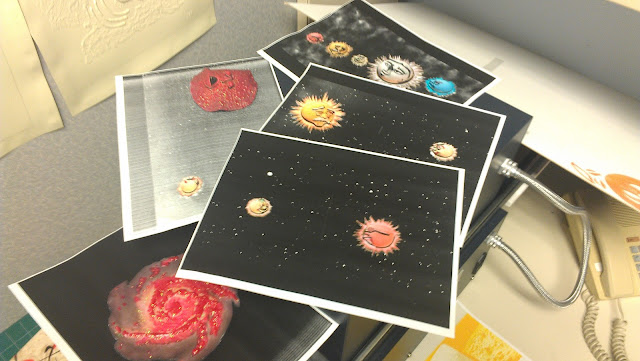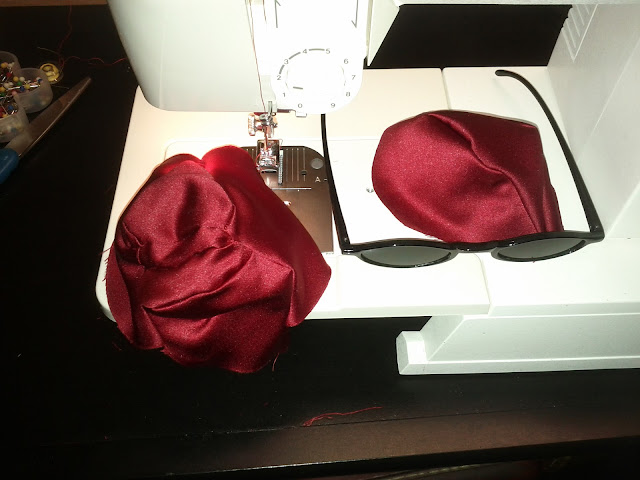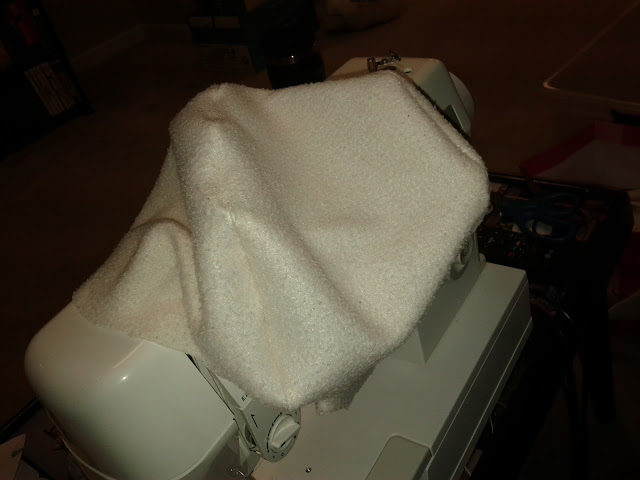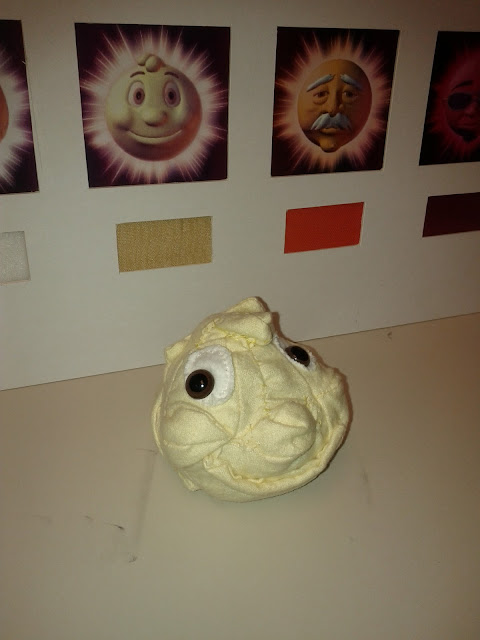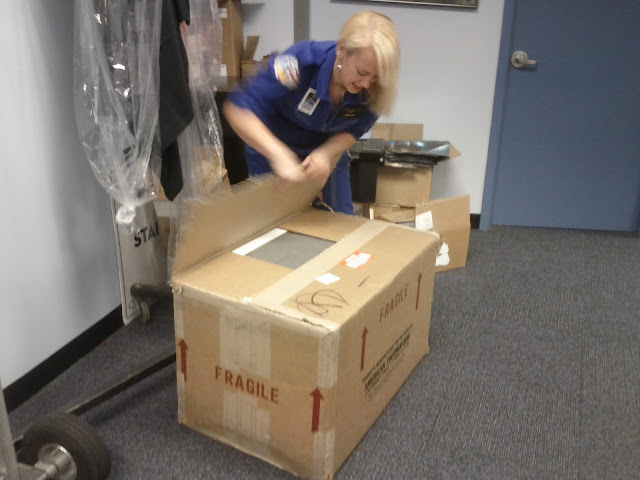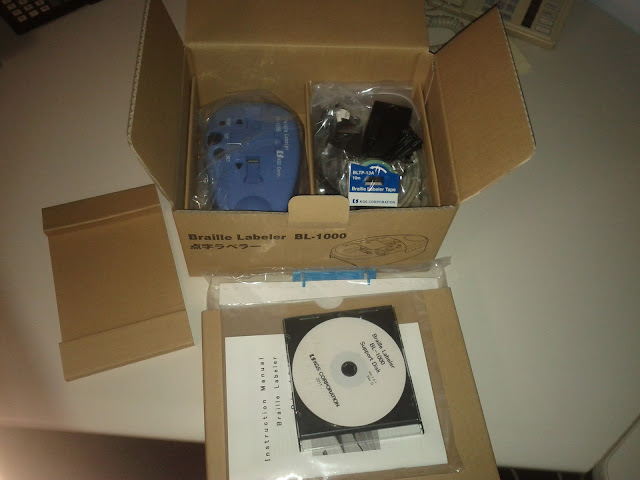This post will be more pictures than writing. I've been working on creating the five main stars from The Little Star That Could and I've finally worked out patterns and created a prototype for each one.
 |
| Big Daddy, Mr. Old-Timer Orange Star, Little Star/Sol, Pearl, Mr. Angry Blue-White Star |
Some will have some changes made in the future (i.e. the first couple made will look better). My sewing skills have definitely improved since I started (at least I think they have).
 |
| Little Star Version 1 (hand sewn, was with me all the way through being awarded the grant), Version 2 (first attempt at pattern making), and Version 3 (the one that came to Space Camp that the kids tested out for me) |
Anyway, without further ado, let me introduce you to the Little Star character prototypes...
Big Daddy
Mr. Old-Timer Orange Star
Pearl
Mr. Angry Blue-White Star
Little Star/Sol (version 2)
 |
| Little Star/Sol (version 3) and the Blog's Author in the cockpit of the Space Shuttle Endeavour Mockup at U.S. Space Camp |
 |
| Blog Author with the Little Star Family (that is a poster for the show from its second run in 1990 behind me) |
It was a lot to come up with the patterns since I haven't really sewn for close to 10 years, but it was also a lot of fun. It was great to work out the patterns, see the characters come to life and figure out what needed to be tweaked here and there. I can't wait to make the final versions in more durable upholstery fabric!








